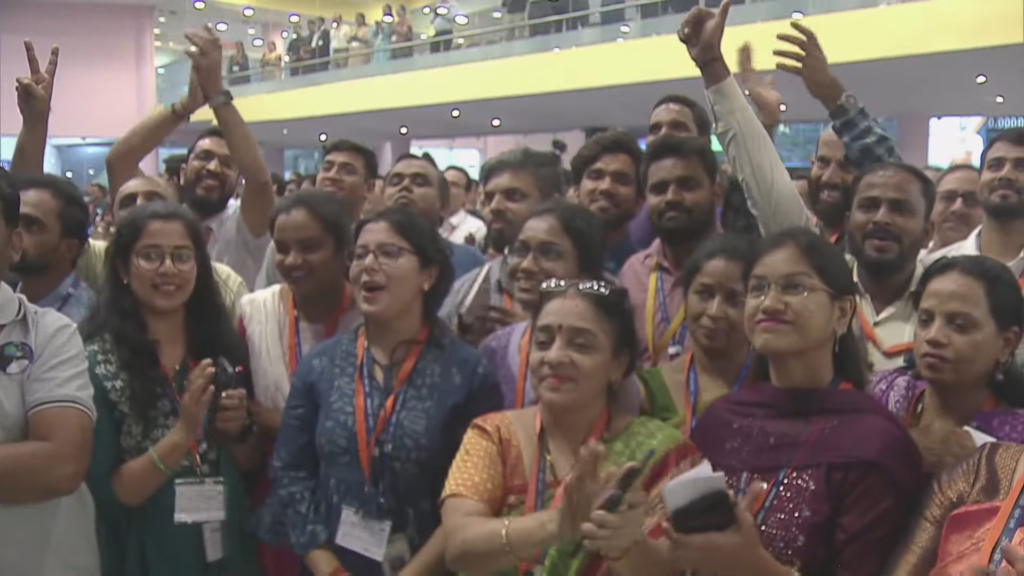
In 2009, India’s Chandrayaan-1 mission, the country’s first lunar mission, detected water on the Moon concentrated at its poles. On Wednesday 23rd August 2023, India made history by becoming the first country to successfully land a spacecraft in the South Pole region of the Moon, as Chandrayaan-3’s lander Vikram touched down. To put this into perspective, 53 missions to date have attempted to successfully land on the Moon, with only a total of 30 succeeding. India becomes only the fourth country to soft land a spacecraft on the Moon, a remarkable achievement for humanity.
The success of the Chandrayaan-3 mission has inspired countless young people globally and has captured the public’s imagination. The team at India’s space agency, the Indian Space Research Organisation (ISRO), behind this magnificent achievement, persevered to overcome the loss of the Chandrayaan-2 spacecraft which made a hard landing on the lunar surface in 2019. The team incredibly reimagined and rebuilt the lost original spacecraft, Vikram lander and the Pragyan rover, with increased redundancies including a higher level of fuel and an improved Guidance, Navigation and Control system. All within the total Chandrayaan-3 mission budget of $75 million, less than the budget of your favourite Hollywood space blockbuster movie. A tale of perseverance and dedication, speaking after the successful landing of the mission, the Project Director M.Sankaran noted that the entire project team has been “sleeping, eating and breathing” Chandrayaan for the past four years.
Watching the mission livestream footage, centre-stage of the team were an incredible group of women, shifting the narrative of what it means to be a space engineer and scientist in mission control, proudly wearing vibrant traditional Indian saris and suits. At Rocket Women, we believe that you can’t be what you can’t see – the Chandrayaan mission has highlighted the central and visible role of women in the success of this remarkable achievement. In fact it’s been reported that 20-25% of ISRO’s 16,000 strong employees are women. Close to 54 female engineers and scientists played a role in the Chandrayaan-3 mission and we wanted to highlight the inspirational stories of these true Rocket Women breaking barriers.
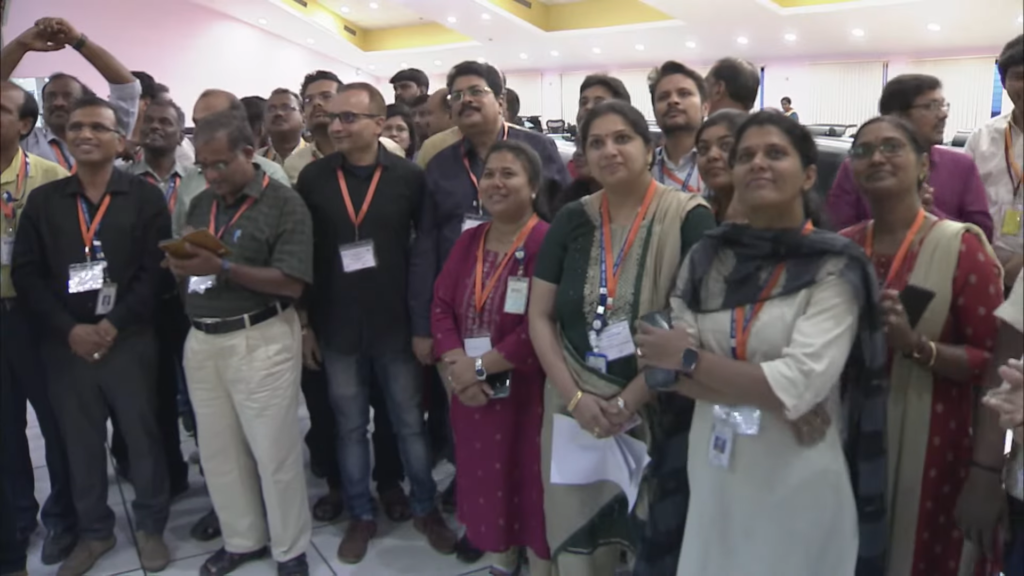
Kalpana K – Associate Project Director, Chandrayaan-3
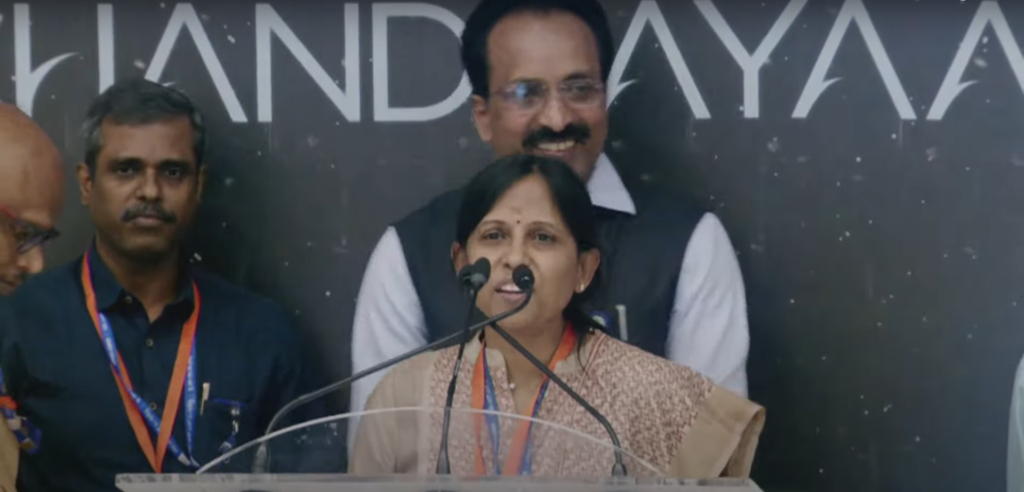
Born in Bengaluru, Karnataka, Kalpana K graduated with a degree in Aeronautical Engineering from IIT-Kharagpur. Based at ISRO’s UR Rao Satellite Centre since 2003 as a Scientist, focused on projects to launch communication and remote sensing satellites, alongside designing and optimising lander systems, as reported by She The People. This led to her becoming a crucial member of the team during the Chandrayaan-2 and the incredibly successful Mangalyaan (Mars Orbiter Mission) missions. Kalpana’s dedication and innovative thinking supported her selection as Associate Project Director of Chandrayaan-3.
Kalpana’s rousing speech inspired young people globally as she addressed the Chandrayaan-3 team in mission control, alongside millions of webcast viewers globally after the successful landing of the Vikram lander in the South Pole region of the Moon, thanking her team for their dedication.
“This will remain the most memorable and the happiest moment for all of us and for our team at Chandrayaan-3. We have achieved our goal flawlessly from the day we started rebuilding our spacecraft after the Chandrayaan-2 experience; it has been breathe in and breathe out Chandrayaan-3 for our team. Starting from the reconfiguration and all the assemblations we have conducted meticulously, this has only been possible because of the team’s immense effort.” – Associate Project Director Kalpana K addressing the ISRO Chandrayaan-3 project team in mission control
Nandini Harinath - Scientist & Operations Specialist, ISRO
Inspired by science fiction and the TV show Star Trek when she was young, Nandini first job application was for a role at ISRO. That was over 20 years ago. In her illustrious career Nandini played a central role in India’s brilliant Mars Orbiter Mission (MOM) as the Deputy Operations Director.
Speaking to the BBC at the time, Nandini spoke of the dedication required to carry out such a tremendous achievement. “During the [Mars Orbiter Mission] launch, I don’t think we went home at all. We’d come in the morning, spend the day and night, probably go home for a short time the next afternoon to eat and sleep for a few hours and come back. But for an important mission like that which is time bound, we needed to work like that.
“We spent many sleepless nights. We encountered lots of problems as we progressed, in the design as well as in the mission. But it was coming up with quick solutions, innovation that was brought in that was key.”
“Those few months were very demanding at work and at home. It looked like a race at the time. I’d wake up at 4am with my daughter to give her company while she studied. But now, we look back on that time with fondness. She did extremely well in her exams, scoring 100 in maths. Today, she’s in medical school and is doing really well so I think it was all worth the effort.”
The Mars Orbiter Mission team, including Nandini, worked 10-hour days, which increased to 12-14 hour days as the launch got closer. On being asked how she was inspired to choose a career in space, Nandini mentioned that she was supported by her mother, a maths teacher, and her father, an engineer with a fondness for physics.
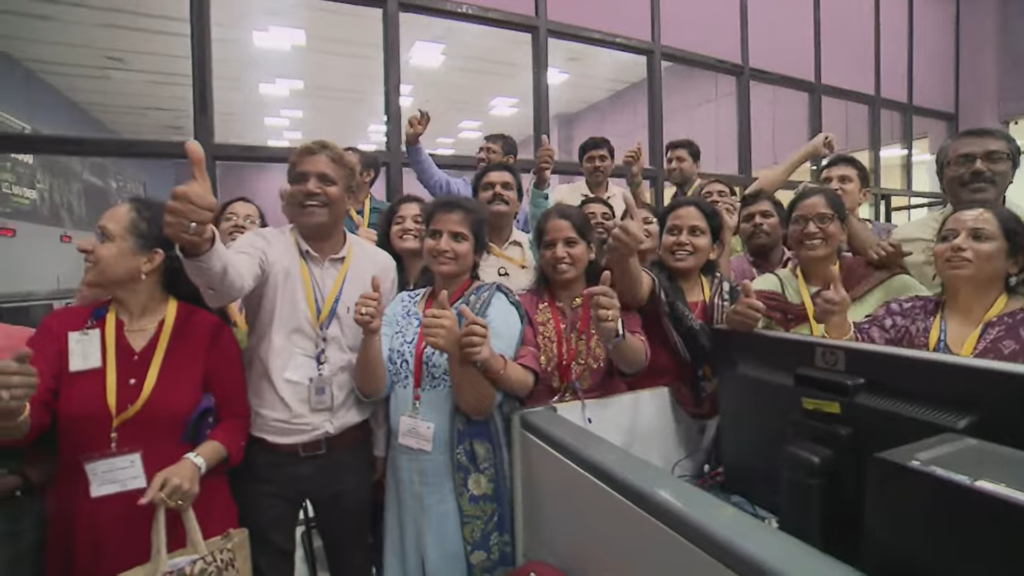
Anuradha TK – Scientist & Project Director, ISRO
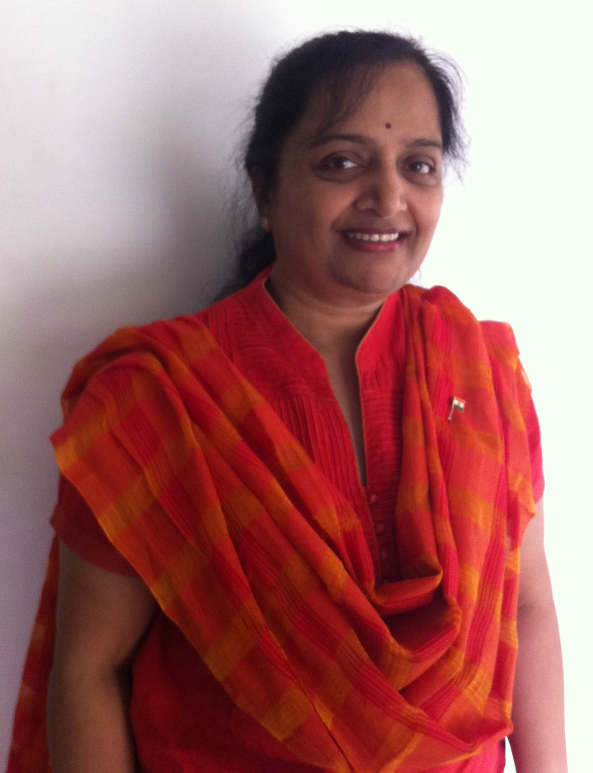
Specialising in communications satellites, Anuradha T. K. joined ISRO in 1982 at a time where there were few women in the engineering department eventually rising in 30 years to become the highest ranking woman officer at ISRO, as she told the BBC in 2016. She continued to say during the interview that, “At ISRO gender is not an issue and the recruitment and promotional policies are all dependent on “what we know and what we contribute.”
“Sometimes I say that I forget that I’m a woman here. You don’t get any special treatment because you’re a woman, you’re also not discriminated against because you’re a woman. You’re treated as an equal here.”
“Once girls see that there are lots of women in the space programme, they also get motivated, they think if she can do it, so can they.” – Anuradha in an interview with the BBC in 2016
On discussing potential reasons why the number of women on staff at ISRO have not yet reached parity, Anuradha highlights that “many women are still carrying cultural loads on our backs and many women think their priorities lie elsewhere, at home“, a crucial point to make. She recommends that women ‘make arrangements’ to create a supportive infrastructure at home in their absence. In her BBC interview, she continues to say that, “Once I had made up my mind that I needed a purposeful career where my passion lay, I created a good set up at home. My husband and my parents-in-law were always cooperative, so I didn’t have to worry much about my children.”
She continues to add,
“And I owe my success to the arrangements I made. You have to give something to get something. But life is like that. So when there was work to do, when I was needed at the office, I was here, working with passion. And when there was an absolute need for me to be at home, I was there.”
Ritu Karidhal Srivastava – Senior Scientist, Chandrayaan-3

The award-winning scientist Ritu Karidhal Srivastava’s invaluable experience through responsibilities including the Mission Director of Chandrayaan-2 and the Deputy Operations Director of the earlier Mars Orbiter Mission (MOM), Mangalyaan, led to her playing a crucial role in Chandrayaan-3 as Senior Scientist. Being inspired by space when she was young led to Ritu completing Bachelor’s degree in Physics from Lucknow University and her passion for space alongside a Master’s degree in Aerospace Engineering from the Indian Institute of Science (IISc). and a PhD in Physics, according to CNBC. In her brilliant must-watch 2017 TEDx talk, titled, How India Went To Mars, introduced on stage by megastar Shah Rukh Khan, Ritu told the story of how a “young girl from Lucknow became a leader on a crucial scientific mission to explore the solar system.”
Talking to the BBC in 2016 following the successful ISRO Mars Orbiter Mission, Ritu talked about the personal family-focused aspects of working on such an ambitious space project, “At the time, my son was 11 and my daughter was five. We had to multi-task, manage time better, but I think that even when I was exhausted at work, I’d go home and see my children and spend time enjoying with them, and I’d feel better and they would also like it.” The ISRO Mars Orbiter Mission team had 18 months to design and launch the Mars mission, a formidable feat. Ritu mentioned in her TEDx talk that developing the autonomy software for the mission in this timeframe was one of the biggest technical challenges that the team faced, created in ‘a record-breaking 10 months’
The Mars Orbiter Mission was the world’s first mission to have successfully completed a revolution around Mars in its first attempt. This was the cheapest mission in the world from one planet to another. This was the first Indian satellite to have full-scale, on-board autonomy, which means having the capability to rectify its own faults and problems. And, most importantly, female scientists worked shoulder to shoulder along with male scientists to make this mission a success. – Ritu Karidhal Srivastava on the success of ISRO’s remarkable 2014 Mars Orbiter Mission during her TEDx talk
The Rocket Women of Chandrayaan-3 have exemplified perseverance and dedication to play critical roles in the success of India’s space program, achieving the remarkable goal of becoming the first country to soft land a spacecraft on the South Pole of the Moon, inspiring young women around the world to follow in their paths. And this is only the beginning.
Image credits:
ISRO team screenshot images taken from the Chandrayaan-3 livestream: https://www.youtube.com/watch?v=DLA_64yz8Ss&t=3603s
Anuradha T.K. image credit: Sindhu Harve – https://en.wikipedia.org/wiki/Anuradha_T._K.#/media/File:Anuradha_T_K.png
Ritu Karidhal Srivastava image screenshot from her 2017 TEDx talk: https://www.ted.com/talks/ritu_karidhal_how_india_went_to_mars?language=en
